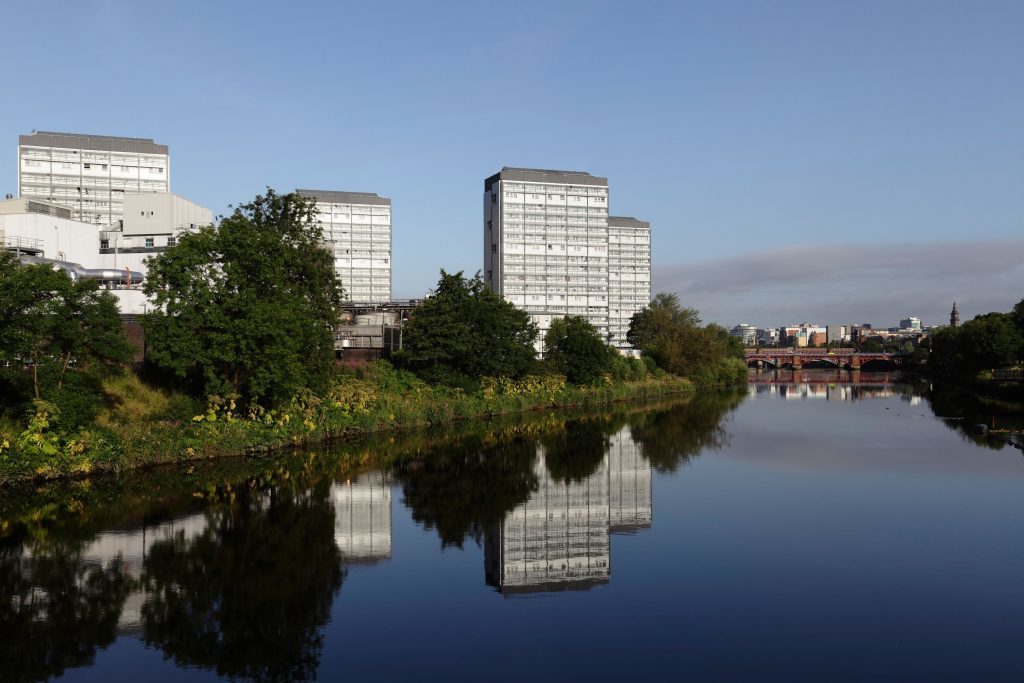
A pioneering development in the town of Clydebank, near Glasgow, will use water pumped from the nearby Clyde to heat local homers and businesses.
Part of the £250million Queen’s Quay regeneration project, the site chosen for the scheme has been the now disused John Brown’s shipyard.
As part of a regeneration project on the banks of the Clyde, the heat network will look to expand if successful.
Though pioneering, Heat pump technology works in a similar way to an air conditioner or refrigerator transferring air from one place to another; heat pumps usually draw heat from the cooler external air or from the ground and convert it into warm air which is then transferred to another location, such as a house or office block.
It was originally proposed by Lord Kelvin as far back as 1852.
Commenting on news that plans have been submitted for a pioneering district heating network on the Clyde [1] Sarah Beattie-Smith, Senior Climate and Energy Policy Officer at WWF Scotland said:“Cutting our reliance on fossil fuels for heating our homes and buildings is the critical next stage in the journey to a zero carbon Scotland. This exciting new project would apply technology already tried and tested by Scottish companies overseas.
“It’s fantastic to think that having played host to the industrial revolution the Clyde can now be the source of renewable heat, helping to stimulate Scotland’s part in the global low carbon industrial revolution. With Scotland having no shortage of rivers or coastline near our towns and cities this technology could play an important role in helping us ensure half of all Scotland’s energy needs across heat, electricity and transport are met by renewables by 2030.”
Recommended for you
